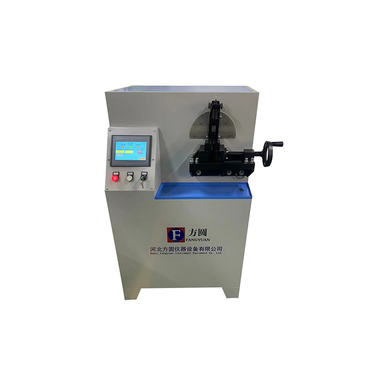custom cable hot set testing
Customized Cable Hot Set Testing A Comprehensive Overview
In the world of electrical and electronic engineering, ensuring the reliability and performance of cables is paramount. Among the various testing methodologies, hot set testing stands out as a crucial process for assessing the durability and safety of customized cables. This article delves into the intricacies of custom cable hot set testing, exploring its importance, methodology, and benefits.
What is Custom Cable Hot Set Testing?
Hot set testing, also referred to as thermal stability testing, is a method used to evaluate a cable's ability to withstand high temperatures and mechanical stresses over time. This testing procedure is particularly vital for customized cables that are designed for specific applications, where standard testing might not apply. During this testing, cables are subjected to elevated temperatures and mechanical loads to simulate real-world conditions.
Custom cables may be designed for a variety of applications, ranging from industrial machinery to consumer electronics. Each application has its own unique requirements, including thermal performance, flexibility, and resistance to environmental factors. Therefore, hot set testing is tailored to assess these attributes in the context of the specific application for which the cable is intended.
The Importance of Hot Set Testing
The integrity of cables is non-negotiable in both safety and efficiency. Failing to properly assess a cable's high-temperature performance can lead to catastrophic failures, including electrical shorts, system malfunctions, or even fires. Hot set testing is essential for
1. Safety Assurance It provides assurance that the cables can operate safely under elevated temperatures, reducing the risk of thermal degradation and ensuring compliance with safety regulations.
2. Performance Validation The test allows manufacturers to validate that their customized cables meet the required performance criteria, confirming that they can function effectively in their intended environments.
3. Risk Mitigation Identifying potential weaknesses in cable design can help mitigate risks before market release, ensuring that products are not only durable but also reliable.
4. Quality Control Regular hot set testing can be integral to a manufacturer's quality control process, ensuring consistency in product performance across batches.
Methodology of Hot Set Testing
custom cable hot set testing

The hot set testing process typically involves several key steps
1. Preparation Customized cable samples are cut to specific lengths and conditioned at room temperature before testing.
2. Temperature Setting The cable samples are placed in a controlled environment chamber that can maintain high temperatures well above their expected operating range. The specific temperature and duration are determined based on the cable's intended use.
3. Mechanical Stress Application While at elevated temperatures, mechanical stress is applied to the cables. This can include tensile stress, bending, or compression, depending on the anticipated physical demands of the cable in its application.
4. Post-Test Evaluation After exposure to heat and stress, the cables are evaluated for changes in physical, mechanical, and electrical properties. This may involve measuring elongation, recovery, and any signs of deformation or degradation.
5. Documentation Detailed records of the testing conditions, results, and any observed reactions are compiled for quality assurance and regulatory compliance.
Benefits of Custom Cable Hot Set Testing
Investing in hot set testing for custom cables brings several advantages
- Enhanced Product Reliability With thorough testing, manufacturers can produce cables that are robust and reliable, minimizing the risk of failure in the field.
- Increased Customer Confidence Clients can trust that the cables they receive will perform as expected, leading to higher satisfaction and long-term business relationships.
- Regulatory Compliance Many industries have strict regulations regarding cable performance. Hot set testing ensures compliance, facilitating market entry and avoiding costly fines or product recalls.
In conclusion, custom cable hot set testing is a vital procedure that safeguards safety, performance, and quality in the electrical industry. By simulating real-world conditions, manufacturers can ensure their customized cables not only meet but exceed required standards, ultimately leading to safer and more efficient electrical systems.
-
Why the Conductor Resistance Constant Temperature Measurement Machine Redefines Precision
NewsJun.20,2025
-
Reliable Testing Starts Here: Why the High Insulation Resistance Measuring Instrument Is a Must-Have
NewsJun.20,2025
-
Flexible Cable Flexing Test Equipment: The Precision Standard for Cable Durability and Performance Testing
NewsJun.20,2025
-
Digital Measurement Projector: Precision Visualization for Modern Manufacturing
NewsJun.20,2025
-
Computer Control Electronic Tensile Tester: Precision and Power for the Modern Metal Industry
NewsJun.20,2025
-
Cable Spark Tester: Your Ultimate Insulation Assurance for Wire and Cable Testing
NewsJun.20,2025
 Copyright © 2025 Hebei Fangyuan Instrument & Equipment Co.,Ltd. All Rights Reserved. Sitemap | Privacy Policy
Copyright © 2025 Hebei Fangyuan Instrument & Equipment Co.,Ltd. All Rights Reserved. Sitemap | Privacy Policy
